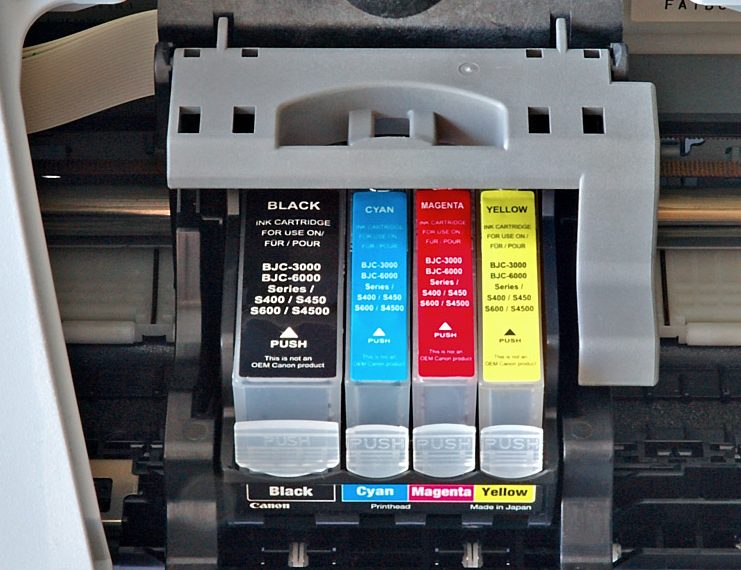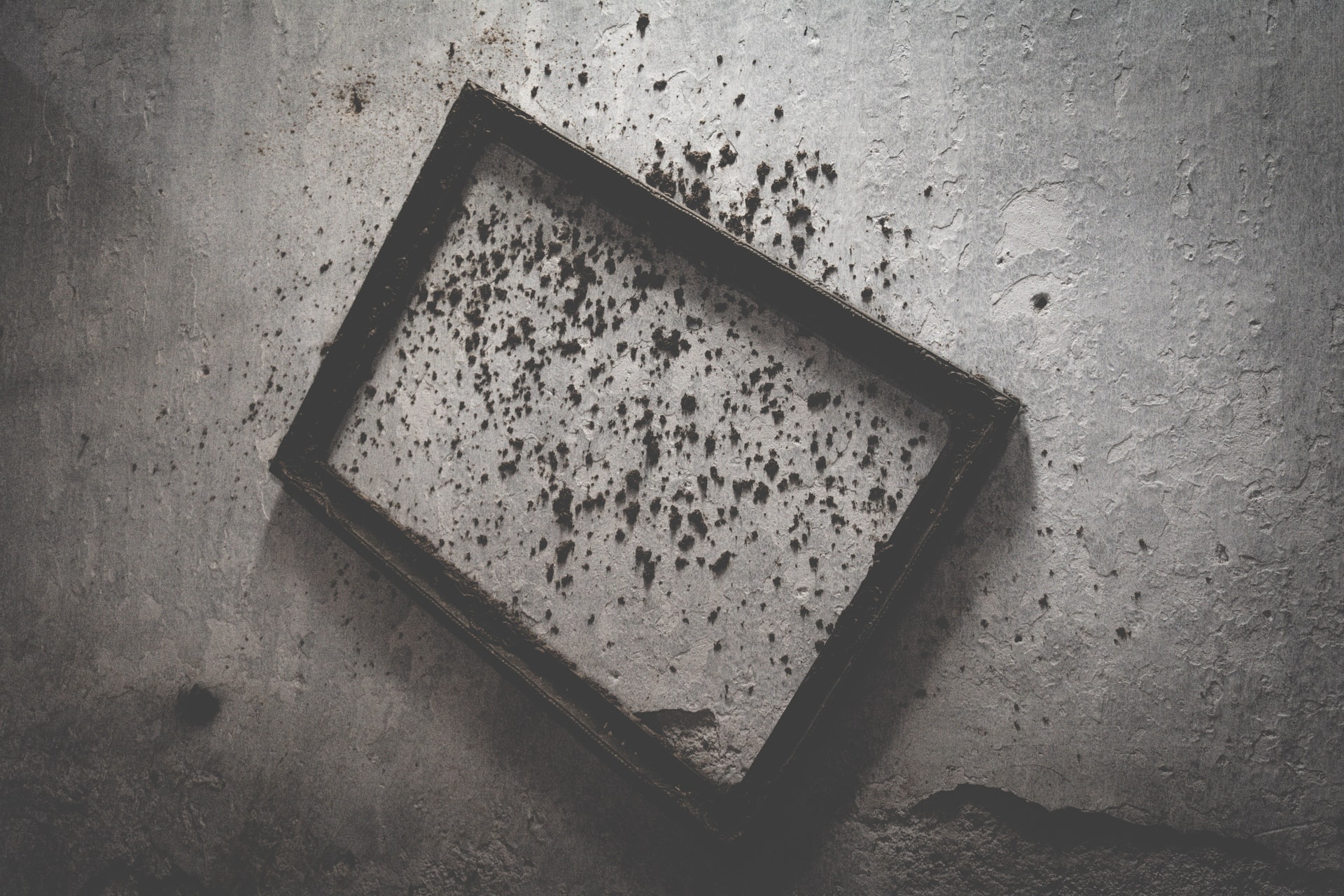In the world of cleaning and stain removal, unexpected accidents can occur. One such common mishap is the printer ink stain. It happens to the best of us – a minor slip, and suddenly, a splash of ink marks your clothes or surfaces. But fear not, because in this guide, we’ll delve into the nitty-gritty of how to effectively remove printer ink stains, ensuring that your fabrics and surfaces stay spotless and pristine.
Assess the Stain
The first step in dealing with any ink stain is to assess the damage. Determine whether it’s a fresh stain or an older one, as this can influence the cleaning approach. Blot any excess ink gently with a clean cloth to prevent the stain from spreading further.
Gather Your Supplies
Before you dive into the cleaning process, make sure you have the following supplies on hand:
- Rubbing Alcohol: An effective ink stain remover.
- Clean White Cloths: Preferably lint-free.
- Cotton Swabs: Ideal for smaller stains.
- Liquid Dish Soap: Mild and safe for fabrics.
- Paper Towels: For blotting and absorbing excess ink.
- Ammonia: Use with caution; it’s best for stubborn stains.
- Hydrogen Peroxide: Suitable for colored fabrics.
- Commercial Stain Removers: Check if they’re ink-specific.
Start with Rubbing Alcohol
Rubbing alcohol is your go-to solution for fresh ink stains. Here’s how to use it:
- Dampen a white cloth: Moisten a clean, white cloth with rubbing alcohol.
- Blot the stain: Gently blot the ink stain. Do not rub; this can make the stain worse.
- Check progress: You should see the ink transferring onto the cloth. Replace the cloth as needed.
- Rinse: Once the stain is mostly gone, rinse the fabric with cold water.
- Wash: Launder the item as usual.
Dealing with Older Stains

Older ink stains may require a different approach. Follow these steps:
- Dampen a cloth: Moisten a clean cloth with rubbing alcohol.
- Place under the stain: Put the damp cloth under the stained fabric, aligning the stain with the wet cloth.
- Dab the top: Dab the top of the stain with a cotton ball or swab soaked in rubbing alcohol.
- Replace cloth: As the ink transfers to the cloth underneath, replace it with a clean section.
- Rinse and wash: Rinse the fabric with cold water and then launder it.
Using Ammonia
For stubborn ink stains, ammonia can be effective, but use it with caution:
- Dilute ammonia: Mix one part of household ammonia with two parts of water.
- Test a small area: Always test the solution on an inconspicuous area of the fabric first.
- Dab the stain: Gently dab the ink stain with the diluted ammonia using a clean cloth.
- Rinse: Rinse the fabric thoroughly with cold water.
- Wash: Launder the item as usual.
Dealing with Colored Fabrics
If the stained item is colored, hydrogen peroxide can be a safer choice:
- Blot the stain: Blot the ink stain with a paper towel to remove excess ink.
- Apply hydrogen peroxide: Apply a small amount of hydrogen peroxide to a clean cloth.
- Dab the stain: Gently dab the stained area with the cloth.
- Rinse: Rinse the fabric with cold water.
- Wash: Wash the item following the care label instructions.
Final Tips

- Act quickly: The faster you address the ink stain, the better the chances of complete removal.
- Check care labels: Always follow care label instructions when cleaning fabrics.
- Avoid heat: Don’t use a dryer or iron on the stained item until the ink is entirely gone.
In conclusion, printer ink stains are an annoyance but can be effectively tackled with the right approach. Whether it’s a fresh or old stain, the key is to act swiftly and use the appropriate stain-removing agents. With these tips, you can bid farewell to printer ink stains and keep your fabrics and surfaces looking pristine.





